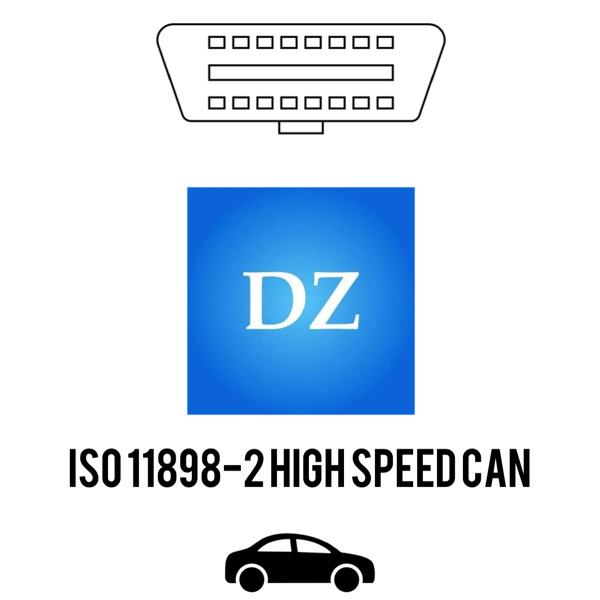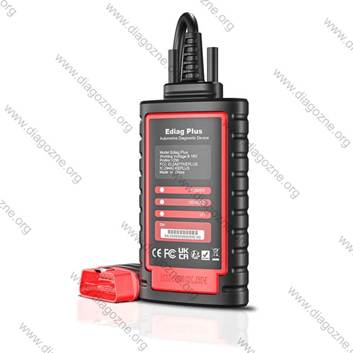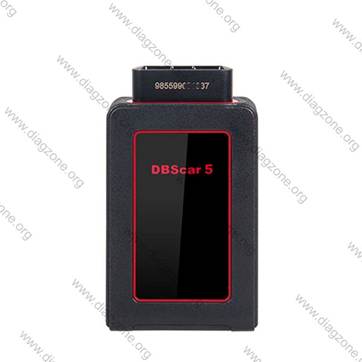ISO 11898-2 High-speed CAN: Standard for Fast and Reliable In-Vehicle Communication

ISO 11898-2, also known as High-speed CAN, is an international standard for in-vehicle communication based on Controller Area Network (CAN) technology. This protocol enables fast and reliable data exchange between ECU modules, which is crucial for modern vehicles with complex electronic systems.
How High-speed CAN Works
High-speed CAN uses a bidirectional differential data transmission with speeds of up to 1 Mbit/s, ensuring minimal latency and high reliability. The standard defines:
- The physical layer and electrical characteristics of communication
- Message frame structure for efficient data transfer
- Error detection and retransmission mechanisms
This protocol is particularly suitable for critical vehicle systems such as engine control, brakes, airbags, and ABS modules, where communication reliability is essential.
Launch OBD-II adapters that support the protocol:
DBScar I, DBScar II, DBScar III, DBScar IV, DBScar V, DBScar VII
ThinkDiag devices that support the protocol:
ThinkDiag, ThinkDiag 2
Ediag devices that support the protocol:
Ediag YA-101, Ediag YA-201, Ediag Plus, Ediag Elite



Vehicle types and brands supported by the protocol:
Passenger and light commercial vehicles from all major manufacturers, including Volkswagen, Audi, BMW, Mercedes-Benz, Toyota, Honda, Nissan, Mazda, Ford, GM; models from around 2003 onward.
High-speed CAN enables fast and reliable communication between ECU modules, operating at speeds of 500 kbit/s or 250 kbit/s.
Advantages of ISO 11898-2 High-speed CAN
- High data transfer speeds up to 1 Mbit/s
- Reliable and robust communication in automotive environments
- Standardized and widely applicable across different vehicle types
- Supports real-time diagnostics and monitoring of critical systems
- Ideal for modern vehicles with multiple ECU modules
Disadvantages and Limitations
- Requires compatible diagnostic tools
- More complex implementation compared to low-speed CAN or older protocols
- Limited to vehicles using high-speed CAN networks
- Proper ECU module configuration is necessary for optimal operation
Applications of High-speed CAN
High-speed CAN is used for diagnostics of engines, ABS, airbags, transmission, and other critical modules. Its speed and reliability make it the standard for safe and efficient communication in modern vehicles.
Conclusion
ISO 11898-2 (High-speed CAN) forms the backbone of modern automotive communication. It provides fast, reliable, and standardized diagnostics, facilitating the servicing and maintenance of complex electronic systems in contemporary vehicles.

